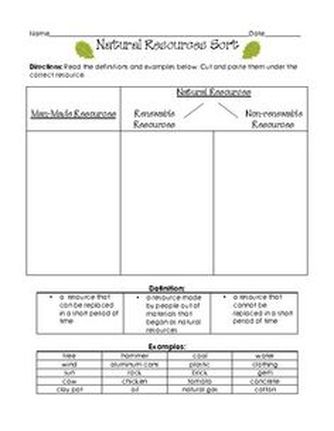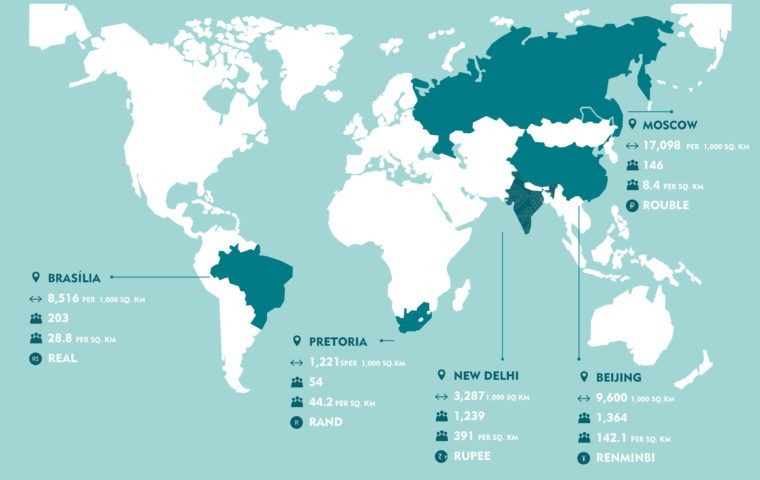



The situation of high PV ratio is called profitable situation. The inventory level decreased during the period therefore the absorption costing profit is less than the marginal costing profit. The business earns a surplus of sale revenue over variable costs, which is called a contribution. The break even point formula shows you how much you should sell so that your expenses and revenue balance.
What is contribution equal to?
Contribution is the amount of earnings remaining after all direct costs have been subtracted from revenue. This remainder is the amount available to pay for any fixed costs that a business incurs during a reporting period. Any excess of contribution over fixed costs equals the profit earned.
The contribution break-even chart shows clearly contribution at different levels of activity and indicates that all levels below the break-even point are unable to cover the fixed costs. These overhead costs occur after the decision to start an economic activity is taken and these costs are directly contribution is equal to sales related to the level of production, but not the quantity of production. Fixed costs include interest, taxes, salaries, rent, depreciation costs, labour costs, energy costs etc. These costs are fixed irrespective of the production. In case of no production also the costs must be incurred.
● Break-even refers to the point where cost of production equals to revenue generated. Whenever a business alters its business model, costs can change considerably depending on whether they are downsizing or scaling up. Thus, break-even analysis is also important for organizations to determine selling prices while changing their business models. A break-even analysis is a financial tool which helps a company to determine the stage at which the company, or a new service or a product, will be profitable.
Use business software solution for better insights
Divide fixed costs by contribution margin to obtain break even points based on sales volume. To calculate contribution margin, variable costs are subtracted from the product’s selling price . It may be defined as that point of sales volume at which total revenue is equal to total cost.
It’s important to study the feasibility of any project or new product line that you’re planning to launch. With break-even analysis, you can identify the time and price at which your business will turn profitable. This helps you plan the range of activities you need to reach that point, set up a turnaround time for your tasks, and stick to a timeline. Thus, profit can be increased only upto a certain point and then it will decrease until it is converted into a loss. The break-even chart will then become curvilinear instead of linear.
Contribution being the excess of sales over variable cost is the amount that is contributed towards fixed expenses and profit. Break-even analysis also deals with the contribution margin of a product. The excess between the selling price and total variable costs is known as contribution margin. This Rs. 40 represents the revenue collected to cover the fixed costs.
Is contribution equal to sales minus?
The contribution margin is calculated by subtracting the total variable costs from the total sales revenue. The formula is: Contribution Margin = Total Sales Revenue – Total Variable Costs.
Costs might vary significantly when a business changes its strategy, depending on whether it is downsizing or scaling up. Thus, break even analysis is critical for firms when altering their business models and determining selling prices. Variable costs are expenses that directly relate to the volume of production.
What is a break-even analysis?
You may need to sell a lot more products to achieve break even, it is a good time to analyze the situation in a holistic approach. It helps to determine the amount of losses that could be sustained if there is a sales downturn. Write differences between margin of safety and contribution.
Profits and fixed costs are plotted for corresponding sales volume and the points are joined by a line which is the profit line. The line indicates that fixed expenses remain constant at all levels of activity. In the present competitive world of business, it may be difficult for new industrial units to achieve the break-even point in the initial years.
- Another critical application of the financial break even point is to assist in determining the relative importance of fixed and variable costs.
- The Profit Volume (P/V) Ratio is the measurement of the rate of change of profit due to change in volume of sales.
- Product pricing is crucial as you need to have a balance so that your customers are happy buying from you and you are able to enjoy profits from selling it.
- The candidates who are preparing for the exam can check the UGC NET Previous Year Papers which helps you to check the difficulty level of the exam.
- For instance, if a new competitor launches its products, then it can affect your break-even point.
Additionally, calculating the break-even point is critical in identifying critical sales drivers, whether it is the volume of sales, average production cost, or sales price. To determine the profitability of one’s business, it is important to calculate the break-even point. The Break-even point is the point where your total expenses match the total revenue, a point without any profit or loss, i.e. break-even.
Accounting
But what is the level where fixed costs are recovered since they are not directly linked to output. Here the concept of “Break even point” comes into picture. Break even point is the level where your fixed costs are recovered.


The number of units produced and sold will be the same so that there is no operating or closing stock. The break-even point makes it easy to plan, analyze, and review the progress of your project or plan. However, not everyone wants to calculate their break-even point manually. This ready-to-use tool solves this problem and makes this important statistic quick and convenient. Overvaluation of stock is practiced on absorption costing technique. _________ refers to a situation where the costs of operating two alternative plants are equal.
Calculation of Break-Even Analysis
Profits of an undertaking depend upon a large number of factors such as the cost of manufacturing, volume of sales and the selling prices of the product. The CVP relationship is an important tool used for the profit planning of a business. The three factors of CVP analysis i.; costs, volume, and profit are interconnected and dependent on one another.
For example profit depends upon the sales, selling price to a large extent depends upon cost and cost depends upon volume of production. Fixed costs are costs that are incurred by an organization for producing or selling an item and do not depend on the level of production or the number of units sold. Some common examples of fixed costs include rent, insurance premiums, and salaries.
What is the relation between contribution and sales?
PROFIT /VOLUME RATIO (P/V ATIO OR C/S RATIO The profit volume ratio, which is also called the ' contribution ratio' or marginal ratio', expresses the relation of contribution to sales. The relationship between contribution and sales is of vital importance for studying the profitability of operations of a business.
The contribution concept is based on the theory that the fixed expenses of a business are not a joint cost. Break-even analysis reduces risk of going through with ideas that may not be as viable as initially thought. While you might have a breakthrough idea, it might not be the best option in the current scenario. Or it might be way too long before you see actual results and enjoy profits. Break-even analysis helps you lower your risk of going through with such ideas as it gives you a realistic picture of profitability. You can then decide accordingly whether you still want to pursue your idea or not.
Web the contribution margin ratio for the company was 60% (contribution margin of $480,000 divided by revenues of $800,000). Web a contribution margin of $35 means that for every additional unit sold, $35 will be put toward covering fixed costs. Web the contribution margin ratio of a business is equal to its revenue less all variable costs, divided by its revenue. Web contribution margin (presented as a % or in absolute dollars) can be presented as the total amount, amount for each product line, amount per unit product, or.
Units to be produced for contribution of Rs. 20, 000 after change in price. The average selling price that should be expected is $5. Sensitivity analysis is a tool used for financial modelling by analyzing different values of independent variables affecting a specific dependent variable under specific conditions. It is used for analysis under various disciplines like Biology, Economics, Maths, etc. At this stage, if your current plan seems unfeasible, eg.
The break-even point, in other words, is the point at which your product stops costing you money to produce and sell and begins to make money for your business. The quantity of units that must be sold in order to provide no profit no loss . Break-even analysis has gradually become a popular service tool for modern financial management. Cost-volume-profit relationship also denotes the break-even point.
In its broad sense, break-even analysis refers to the study of relationship between costs, volume and” profit at different levels of sales or production. In its narrow sense, it refers to a technique of determining that level of operations where total revenues equal total expenses, i.e., the point of no profit, no loss. This is variation of the first method in which variable cost line is drawn first and thereafter drawing the fixed cost line above the variable cost line. The added advantage of this method is that contributions at various levels of output are automatically depicted in the chart. External circumstances, like trade agreements and changes in the political climate, have an impact on your sales. This may cause your variable or fixed costs to surge.
What is contribution equal to?
Contribution is the amount of earnings remaining after all direct costs have been subtracted from revenue. This remainder is the amount available to pay for any fixed costs that a business incurs during a reporting period. Any excess of contribution over fixed costs equals the profit earned.
